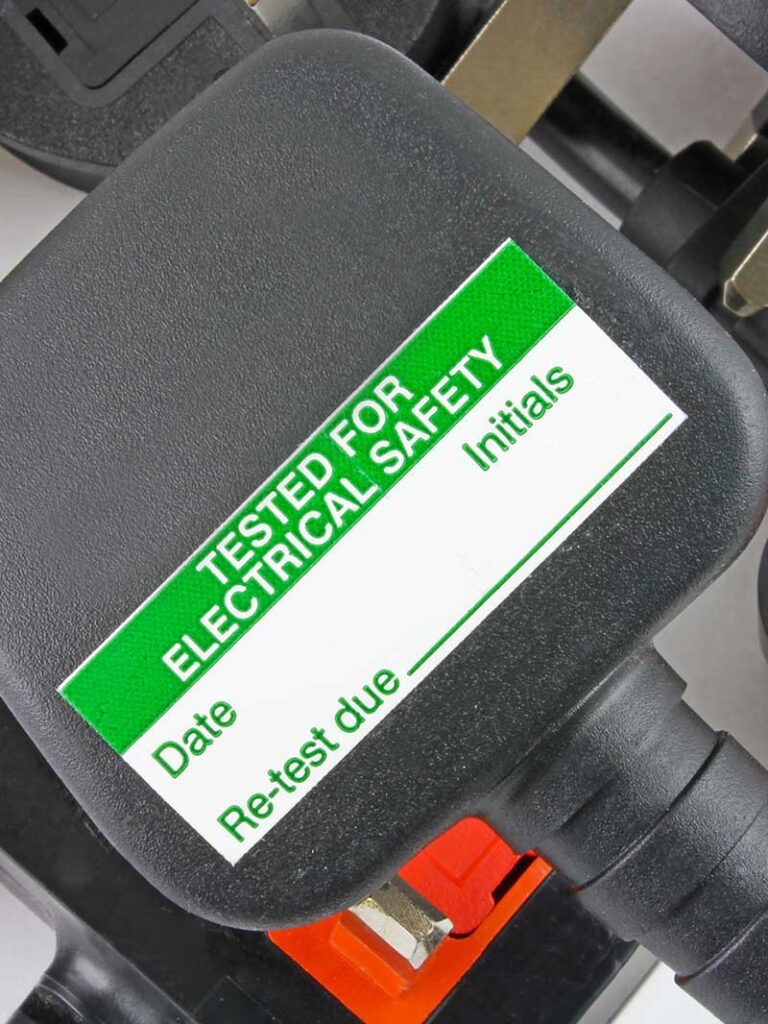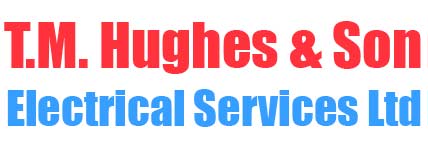EICR Southend Landlords Electrical Inspections & Certificates
Call – 01702 911560
EICR Southend: Landlord’s Electrical Inspections and Certificates. NICEIC-registered domestic installers undertake inspections. Once the system is passed, a certificate is issued confirming that the property meets electrical safety standards.

Would highly recommend.
Quick response and good workmanship
Thanks
Special thanks, also, to Steve's earnest contribution: not only for his positive and courteous attitude but also the due diligence and care consistently applied in terms of cleaning up after each stage in the whole process. Much admired and greatly appreciated.
Overall, I am very pleased with the entire experience and, as such, would happily recommend TM Hughes and Son to others.
- Electrical Installation Condition Reports (EICR)
- Visual Inspections (VIR)
- NICEIC Electricians
- CP12 Gas Certificates arranged also
- Southend-on-Sea and surrounding areas
Call – 01702 911560
TM Hughes & Son Electrical Services Ltd provides Electrical Installation Condition Reports (EICR) to landlords, homeowners, buyers, and sellers in Southend and the surrounding areas.
EICRs are Electrical Installation Condition Reports, a legal requirement for landlords who let rental properties. Homeowners can have EICRs to check the condition and safety of their electrical systems.
As a landlord, please ensure you’re familiar with the Private Rented Sector England Regulations 2020. The electrical safety standards in the privately rented sector are in place to protect both tenants and landlords.
Those selling their homes have the option of EICRs to show interested buyers that the electrical system’s ok. So can those buying homes.
EICRs ensures that the electric system is safe in both rented and private properties.
EICR Inspections & Certificates
If you need an Electrical Installation Condition Report, get in touch to book an Electrician who’ll visit your property at a convenient time.
One of our electricians will undertake a thorough inspection of your electrical system to ensure it complies with the required regulations.
Depending on the size of your property, EICRs typically take between 1 and 4 hours. The whole electrical system is tested and visually checked during the safety check.
The Electrical System
An Electrical system comprises various components, all of which are covered by the inspection.
Consumer Unit
The consumer unit houses a fuse that ‘trips’ and cuts power if there’s ever a fault in the system. The consumer unit powers your sockets, lights and appliances.
RCD, MCB, & RCBO Fuses
All the fuses in the consumer unit are checked and tested, which include RCDs (residual current devices), MCBs (miniature circuit breakers) and RCBOs (Residual Current Circuit Breaker with Overcurrent Protection). The fuses work together to prevent shocks, electrocution, electrical fires, overloading and damage to the circuits.
Earthing & Bonding
Earthing & Bonding is used to prevent electric shocks and must be checked anytime work is done to the electrical system. Our electrician checks that the earthing and bonding work correctly.
Wiring
Wiring carries electrical current from your consumer unit to the sockets, lights and appliance circuits. All wiring is tested.
Sockets, Switches & Light Fittings
All sockets, switches, and light fittings are visually inspected for signs of wear, burning, loose screws, and damage before being tested.
EICR Codes
A report is written as each component is checked and tested. Faulty elements of the electrical system are given a code. The codes show the condition and urgency of each fault found.
Code C1
A dangerous fault has been uncovered. Your electrical system isn’t safe to use and needs immediate repairs.
Code C2
A less severe fault that has the potential to become hazardous should be rectified urgently.
Code C3
A non-dangerous fault is recommended for repair. Repair is optional.
Fault Repair
We can offer a quote for any faults found within the electrical system. Faults can be repaired during the inspection (sometimes) or may need to be addressed later through repairs. Alternatively, you can arrange the repairs yourself, and we’ll return when the faults are rectified.
Certification
Once our electrician is satisfied that your Electrical system is safe and the required certification is in place, we can proceed. The certificate shows a qualified electrician has undertaken the EICR and conforms to BS7671 (British Standard For Electrical Safety) and the latest Edition IEE Wiring Regulations.
EICR Requirements For Landlords
Landlords must ensure their tenants are safe. By law, an EICR is required at the start of each tenancy or every five years. The Electrical Installation Condition Report proves the electrical system is safe, and as a landlord, you’re renting your property legally.
Only qualified electricians can undertake EICRs. One of our experienced electricians will quickly identify any faults or deficiencies within the system, which can then be repaired, ensuring the system is safe.
Tenants, letting agents, and insurers should request a valid EICR before signing up or insuring a property. If you’re a homeowner, it’s recommended that you undertake an EICR every ten years to check the condition of your electrical system.
VIR Inspections
Periodic visual inspections (PVI) involve an electrician visually inspecting the electrical system for signs of faults, damage, or decay. After the inspection, the electrician writes a report with recommendations.
Every part of the electrical system is visually inspected, including the consumer unit, sockets, switches, and lights. The procedure is quick and typically takes no more than one hour.
Visual inspections can be carried out periodically between EICRs to give the landlords and tenants extra peace of mind that the electrical system is safe.
VIR inspections are entirely optional for landlords and homeowners. VIRs are not compulsory and do not serve as a substitute for essential EICR inspections.

Hi, I’m Terry, the founder and owner of TM Hughes & Son Electrical Services
Please get in touch to book an appointment or receive a free, no-obligation quote
Call: 01702 911560



